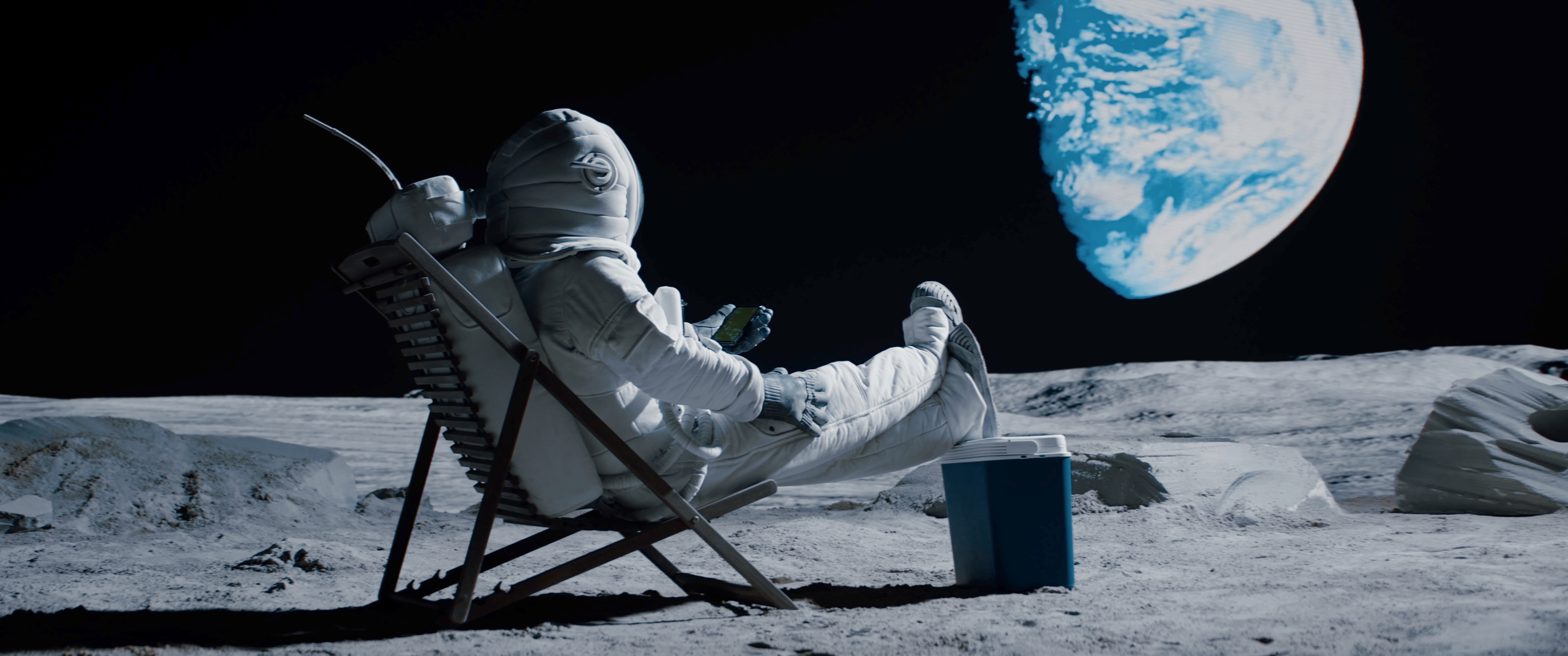
Astronauts are modern-day heroes who venture beyond the confines of Earth to explore the vastness of space. Their courage, dedication, and scientific endeavors have captured the imagination of people worldwide. In this article, we will delve into the captivating world of astronauts and unveil 11 fascinating facts that shed light on their training, experiences, and remarkable achievements. Join us as we embark on a journey to the stars and explore the extraordinary lives of these intrepid explorers.
Astronaut vs. Cosmonaut
The terms “astronaut” and “cosmonaut” are often used interchangeably, but they have distinct origins. Astronaut derives from the Greek words “astro” (meaning “star”) and “nautes” (meaning “sailor”), while cosmonaut comes from the Russian word “kosmos” (meaning “space”) and “nauta” (meaning “sailor”). These terms reflect the different space programs and traditions of the United States and Russia, respectively.
Training for Space
Becoming an astronaut requires rigorous training and preparation. Astronaut candidates undergo a comprehensive program that includes physical fitness training, scientific instruction, survival training, and simulations of space missions. This training ensures that astronauts are equipped with the skills and knowledge needed to handle the challenges of space exploration.
The Right Stuff: Selection Process
The selection process for astronauts is highly competitive. Candidates are evaluated based on their educational background, professional experience, physical fitness, and aptitude for space travel. NASA, for example, looks for individuals with diverse backgrounds, including pilots, scientists, engineers, and medical professionals, who can contribute to the various aspects of space missions.
Lunar Landings
Astronauts from the United States made history with the Apollo missions, which resulted in six successful manned lunar landings between 1969 and 1972. These missions, including the iconic Apollo 11, allowed astronauts to set foot on the Moon, collect samples, and conduct scientific experiments. These extraordinary feats remain a testament to human ingenuity and exploration.
Spacewalks: Floating in Space
Spacewalks, also known as extravehicular activities (EVAs), involve astronauts venturing outside their spacecraft to perform tasks in the vacuum of space. During a spacewalk, astronauts are tethered to the spacecraft and use specialized suits called Extravehicular Mobility Units (EMUs) to protect them from harsh conditions. Spacewalks are crucial for tasks such as repairs, maintenance, and the assembly of space structures.

Living in Space: Microgravity Challenges
Living in microgravity poses unique challenges to astronauts’ bodies. The absence of gravity leads to physiological changes, including muscle and bone loss, cardiovascular changes, and fluid shifts. To counteract these effects, astronauts engage in regular exercise and undergo specific training regimens while in space.
Space Cuisine: Meals in Orbit
Food plays an essential role in maintaining the physical and mental well-being of astronauts during their space missions. Astronauts’ meals are carefully prepared, considering factors such as nutrition, taste, and packaging. Due to the absence of refrigeration and the need for long shelf life, many meals are dehydrated or packaged in special containers.
International Cooperation: The ISS
The International Space Station (ISS) stands as a symbol of international cooperation in space exploration. The ISS is a joint effort involving space agencies from multiple countries, including NASA, Roscosmos, ESA, JAXA, and CSA. Astronauts from around the world live and work aboard the ISS, conducting scientific experiments and furthering our understanding of space.
Record-Breaking Achievements
Astronauts have achieved numerous impressive records throughout the history of space exploration. For instance, Russian cosmonaut Valeri Polyakov holds the record for the longest single spaceflight, spending 437 days aboard the Mir space station. American astronaut Peggy Whitson holds the record for the most cumulative time spent in space by a NASA astronaut, totaling 665 days.
Space Sickness: Adapting to Zero Gravity
The transition to zero gravity can cause space motion sickness, commonly known as space sickness. Symptoms include nausea, disorientation, and headaches. Fortunately, most astronauts adapt to the environment within a few days, thanks to the body’s ability to adjust to new sensory inputs.
Inspiration for Future Generations
Astronauts serve as beacons of inspiration for future generations. Their bravery, scientific contributions, and commitment to exploration inspire young minds to pursue careers in science, technology, engineering, and mathematics (STEM). Through their experiences, astronauts ignite a passion for discovery and instill a sense of wonder about the universe.
Conclusion
As we conclude our exploration of these captivating astronaut facts, we hope they have sparked your curiosity and admiration for the brave individuals who journey beyond Earth’s boundaries. The pursuit of space exploration pushes the boundaries of human knowledge and inspires us to dream of what lies beyond our home planet. Let us continue to support and celebrate the remarkable achievements of astronauts as they pave the way for future discoveries in the cosmos.
Was this page helpful?
Our commitment to delivering trustworthy and engaging content is at the heart of what we do. Each fact on our site is contributed by real users like you, bringing a wealth of diverse insights and information. To ensure the highest standards of accuracy and reliability, our dedicated editors meticulously review each submission. This process guarantees that the facts we share are not only fascinating but also credible. Trust in our commitment to quality and authenticity as you explore and learn with us.
